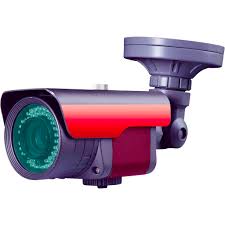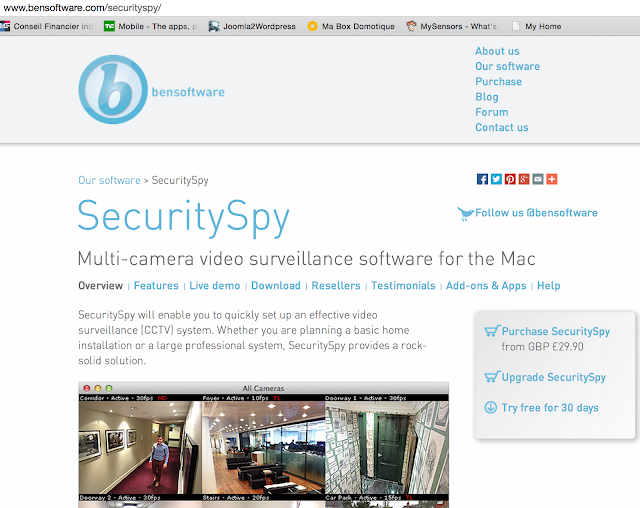
Once you purchase the certificate you will have the option to provide your CSR. All you will need is a basic Domain Validation certificate (currently USD $9 per year). There are many certificate authorities you could use – here I am using Namecheap, who offer a wide range of certificates at low prices. Step 4: Send the CSR to the Certificate Authority
SECURITYSPY SERVER CODE
If you are not sure what your country code is, consult this list of country codes. server FQDN or YOUR name) : Įmail Address : no problem if you make a mistake simply run the above command again and go through the same procedure. Organizational Unit Name (eg, section) : SecuritySpyĬommon Name (e.g. Organization Name (eg, company) : Bensoftware

State or Province Name (full name) : England Here’s what the Terminal contents would look like with some typical answers to the questions: So if you are using the domain, you will need access to the email account in order for the certificate authority to confirm that you are allowed to use the hostname. Note that if you are not using a hostname, you will need to make sure that you have access to an email account called “admin” at the hostname that you are using. You may also be asked for a challenge password and optional company name – just leave these blank. For example, if you are using SecuritySpy’s Dynamic DNS feature to provide you with the hostname, this is what you should enter here. You will be asked for several pieces of information, which you should enter accurately. The vital thing here is, when asked for the Common Name, you must enter the host name of your server that will be used to connect to it over the internet. This creates a CSR file called server.csr, which is what you will need to provide to the certificate authority for them to create your certificate.

Openssl req -new -key server.key -out server.csr Step 3: Create a Certificate Signing Request (CSR) Furthermore, if you ever lose this file you would not be able to use the certificate you are about to purchase. This a very important file that you must keep safe, so make a backup of this file, and do not share it with anyone (someone in possession of this key would be able to decrypt your data). This creates a 2048-bit private key file called server.key. Open it, type (or copy and paste) this command, and press return:Ĭd ~/SecuritySpy Step 2: Create a private keyĬopy and paste the following line into Terminal and press return: You will find the Terminal application in your /Application/Utilities/ folder.

Step 1: Open Terminal and navigate to the SecuritySpy folder If you are using an earlier version, note that your SecuritySpy folder will be at ~/Documents/SecuritySpy/. Note: these instructions are for SecuritySpy versions 4.1.5 and later, with the location of the SecuritySpy folder being within the Home folder (i.e.
SECURITYSPY SERVER HOW TO
Below are instructions on how to do this. This may be preferable, for example, if your server is to be viewed by people outside your organisation. Any web browser connecting to SecuritySpy will automatically trust such a certificate, so the person viewing the web interface will see the reassuring padlock icon and no warning messages. The other option is to purchase an official certificate for your SecuritySpy server from a recognised Certificate Authority (CA). In this case though, as you are the one setting up the server, you can be assured of its authenticity, so it is safe to ignore such warnings. a web browser such as Safari), so you will get a warning message to this effect.
SECURITYSPY SERVER SOFTWARE
The downside of such a certificate though is that it won’t be automatically trusted by any client software that you use to connect to SecuritySpy (e.g. SecuritySpy will automatically create and use a “self-signed” certificate for this purpose, which gets you up and running immediately and provides a fully encrypted connection. With some web servers this can be a complicated process, but we have designed SecuritySpy’s HTTPS server to be a simple as possible to set up: you simply enable the HTTPS option in the Web Server Settings window and SecuritySpy will do the rest for you. In order to set up any HTTPS server, an SSL certificate is required (SSL being the protocol that provides the security features to HTTPS). SecuritySpy has built-in support for HTTPS (HTTP Secure), which allows you to set up an encrypted web connection to your SecuritySpy server over the internet.


 0 kommentar(er)
0 kommentar(er)
